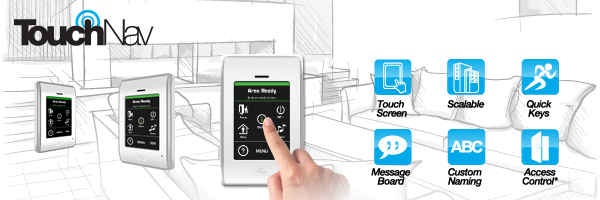A Comprehensive Guide to Alarm System Installation

With the increasing prevalence of property crimes and security breaches, installing a robust alarm system is a proactive step towards safeguarding your loved ones and valuables. However, the effectiveness of your security measures largely depends on the installation process. To assist you in this critical task, we have compiled an in-depth guide to alarm system installation.
1. Assess Your Security Requirements:
Before proceeding with the installation, take the time to evaluate your security needs. Identify vulnerable areas in your property, such as entry points, windows, and other sensitive zones that require alarm coverage. Understanding your requirements upfront allows for tailored security solutions.
2. Select the Appropriate Security System:
With a plethora of options available, selecting the right security system can be daunting. Whether you opt for a wireless DIY solution or a professionally installed system, ensure it meets your specific needs. Consider factors such as ease of installation, scalability, and compatibility with other smart devices.
3. Precisely Install Sensors:
Once you've chosen your security system, it's crucial to install the sensors with precision. Follow the manufacturer's instructions meticulously to ensure accurate placement and functionality. Door or window sensors, motion detectors, and other devices should be strategically positioned to cover key areas effectively.
4. Establish Centralized Control:
Centralize your control panels in a location that facilitates seamless communication with all sensors throughout your property. This ensures timely detection and response to any security threats. If required, drill holes and run wires to enhance connectivity and coverage.
5. Ensure Reliable Power Supply:
Ensure uninterrupted functionality by providing power to all alarm system components. Whether it involves plugging them into a power source or installing batteries, prioritize a reliable power supply. Regularly check and replace batteries to prevent any downtime in your security system.
6. Thoroughly Test and Activate:
Before finalizing the installation, conduct comprehensive testing to verify the system's effectiveness. Activate the security system and test each sensor to ensure they trigger the alarm as expected. This step is essential for identifying any potential issues and optimizing your setup for peak performance.
7. Consider Professional Monitoring:
While self-monitoring is an option, opting for professional monitoring enhances security and peace of mind. Subscribe to a monitoring service and configure it to integrate seamlessly with your alarm system. Be mindful of the monthly monitoring fees, considering them an investment in your safety.
8. Enable Remote Control and Monitoring:
Take advantage of modern technology by setting up alerts, notifications, and alarm codes for remote control and monitoring. This enables you to stay connected to your home security system, even when you're away. Additionally, consider displaying signs or window stickers to deter intruders and notify others of your security measures.
Effective alarm system installation forms the foundation of a comprehensive security strategy. By assessing your needs, selecting the right system, and following proper installation procedures, you can enhance the safety and protection of your home or business. Remember, vigilance and proactive measures are essential for maintaining a secure environment for yourself and your loved ones.
Advertise on APSense
This advertising space is available.
Post Your Ad Here
Post Your Ad Here


Comments